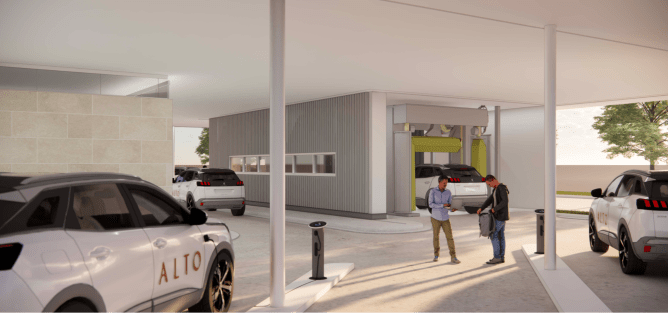Alto, a ridesharing company, is pushing forward with its plan to transition from a gig-based model to a fleet-based one. The company believes that the future of ridesharing lies in fleets, which will eventually be electric and autonomous.
Why the Shift?
Alto’s CEO, Coleman, argues that the current gig-based model is unsustainable and predatory towards drivers. By moving to a fleet-based model, Alto aims to provide better working conditions for its employees while increasing efficiency and profitability.
Key Features of Alto’s Fleet-Based Model:
- Employee-Driven Fleet: Alto will own and operate its own fleet of vehicles, with employees driving the cars.
- Electric Vehicles: The company plans to transition to electric vehicles, reducing emissions and operating costs.
- Autonomous Technology: Alto is developing autonomous technology that can be integrated into its existing fleet-based model, enabling self-driving vehicles in the future.
Challenges Ahead:
- Scalability: Fleet-based models are inherently limited by capacity, which may make it difficult for Alto to scale up quickly.
- Cost: Transitioning to a fleet-based model will require significant investments in infrastructure, vehicle purchases, and employee hiring.
- Regulatory Environment: Changes in regulations or laws could impact Alto’s ability to implement its fleet-based model.
Competitors’ Reaction:
Uber and Lyft have been criticized for their gig-based models, which prioritize profit over driver welfare. Coleman argues that these companies cannot afford to transition to a fleet-based model due to the significant investments required.
Conclusion:
Alto’s ambitious plans to transition to a fleet-based ridesharing model are driven by its commitment to employee welfare and sustainability. While challenges lie ahead, the company is confident in its ability to navigate them and establish itself as a leader in the transportation industry.






